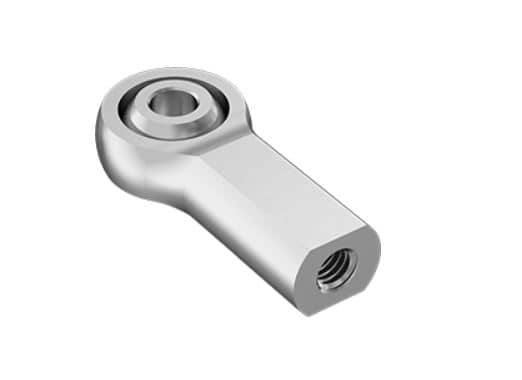Dynamic Fasteners for Your Design
Dynamic fasteners are a type of mechanical fastening system designed to allow movement and flexibility between two objects while still maintaining a secure connection. They are used in a variety of applications, including automotive, aerospace, and construction, where vibration, thermal expansion, or movement are concerns. Dynamic fasteners differ from traditional fastening systems, such as bolts or screws, in that they are designed to absorb shock, distribute stress evenly, and allow for some movement between the two objects. This makes them ideal for applications where traditional fasteners may not be suitable. Dynamic fasteners provide a flexible and secure connection between two objects, which can help to reduce the risk of failure, improve performance, and increase the life of the system. With their ability to absorb shock and distribute stress evenly, they are an important component in many mechanical systems.
Examples of Dynamic Fasteners
There are many examples of dynamic fasteners. They come in a range of sizes and materials, including steel, stainless steel, and other high-strength alloys, and are designed to meet the specific requirements of each application.
- Ball joints
- U-bolts
- Flexible couplings
- Constant velocity joints (CV joints)
- Tension control bolts
- Flexible shaft couplings
- Beam clamps
- Rod ends
- Drive shaft couplings
- Shock absorber mounts
- Engine mounts
- Spring isolators
- Vibration dampers
- Flexible conduit couplings
- Torsion bar bushings
- Drive belt tensioners
- Shock absorber eye bushes
- Drive shaft center supports
- Chassis bushings
- Engine suspension mounts

Advantages of Dynamic Fasteners
Dynamic fasteners are an ideal solution for mechanical systems, offering numerous advantages such as improved performance, reduced risk of failure, increased durability, flexibility, versatility, and ease of installation. These fasteners can ues to absorb shock and distribute stress evenly, ensuring the longevity and stability of the system. These are available in a range of sizes and materials, making them suitable for various applications where vibration, thermal expansion, or movement are a concern. Their ease of installation and improved aesthetics make them a cost-effective solution for mechanical systems. If you are looking for a flexible, secure, and effective fastening solution, consider these fasteners for your next project.
Disadvantages
Dynamic fasteners may have a few drawbacks, including the potential for noise, limited tension capacity, the potential for corrosion, and limited adjustability. Although these fasteners can improve performance and durability, they may also generate noise or vibration that can affect the system. Additionally, they may have a limited tension capacity, making them less suitable for high-stress applications. These are also susceptible to corrosion in harsh environments, reducing their performance and lifespan. Finally, their adjustability may be limited, making it difficult to fine-tune the system. Despite these limitations, dynamic fasteners remain a popular solution for many mechanical systems due to their many benefits, including improved performance, reduced risk of failure, increased durability, flexibility, versatility, and ease of installation.



0 Comments